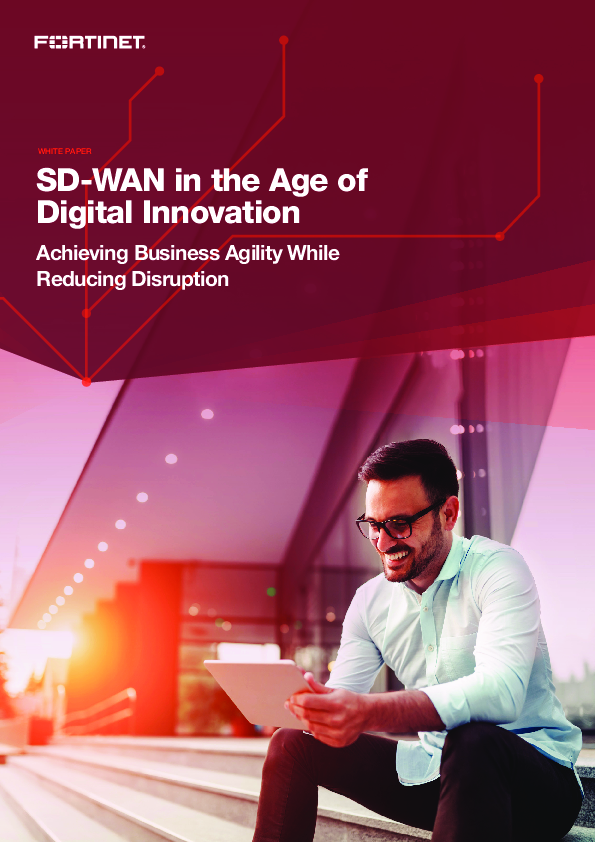SD-WAN in the Age of Digital Innovation — Achieving Business Agility While Reducing Disruption
Most organizations are in the midst of some form of digital innovation (DI) - leveraging technology to achieve specific goals—and ultimately deliver greater value to their customers. But DI also brings disruption. Disruption in the form of an expanded attack surface and the introduction of a more sophisticated threat landscape. Disruption can also lead to increased complexity as organizations try to counter these new threats with a range of new security solutions. Finally, maintaining compliance with relevant industy and regulatory standards such as the General Data Protection Regulation (GDPR) becomes even more of a challenge.
However, despite these issues, one key DI has rapidly going mainstream - software-defined wide-area network (SD-WAN). Unfortunately, SD-WAN is a prime example of the paradox of DI: a transformative technology that can potentially move the business to the next level, but the expanded attack surface it creates can expose the organization to significant risk. The challenge is how to take advantage of SD-WAN while offsetting the potential disruption than can come with it.

